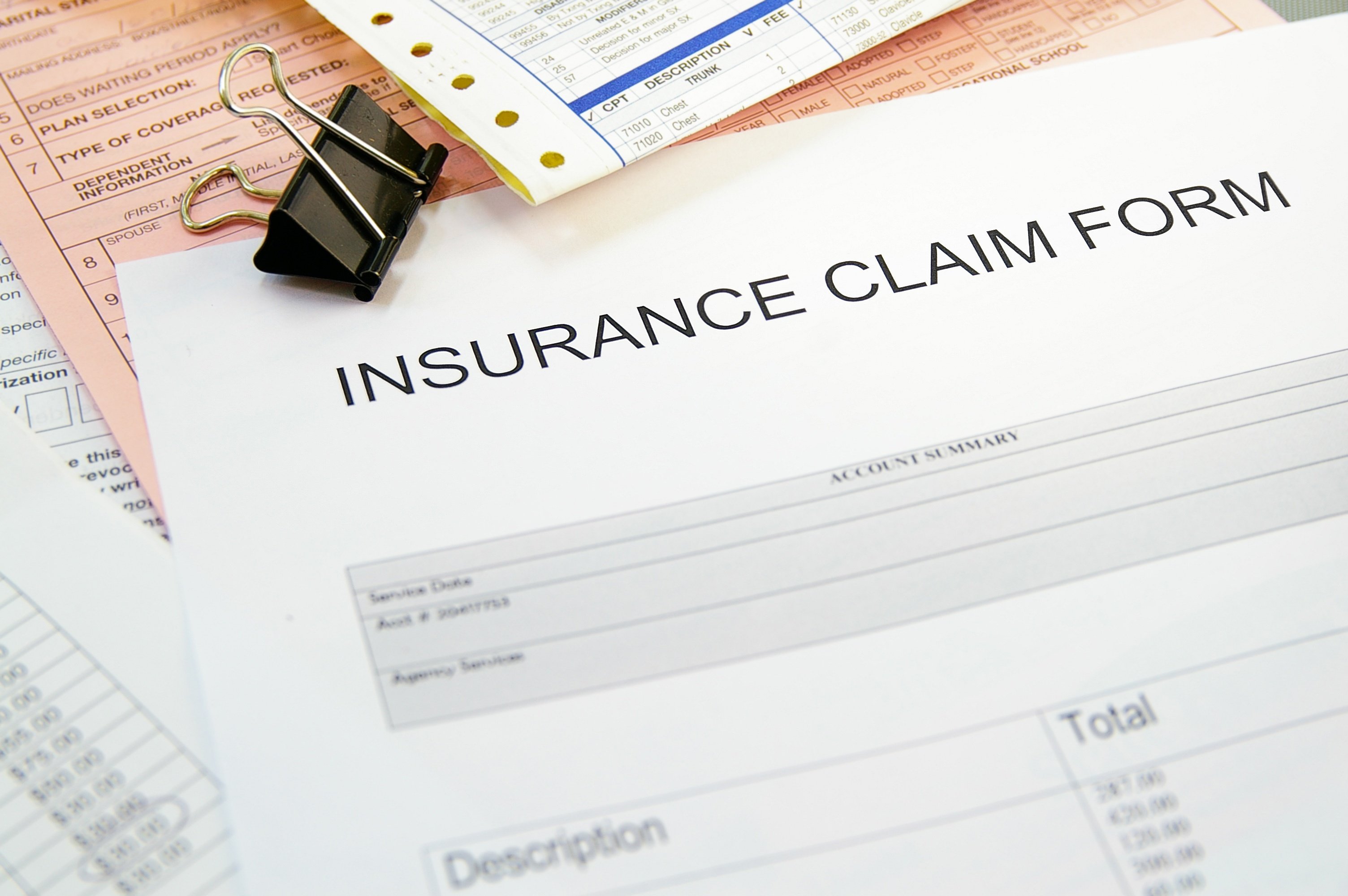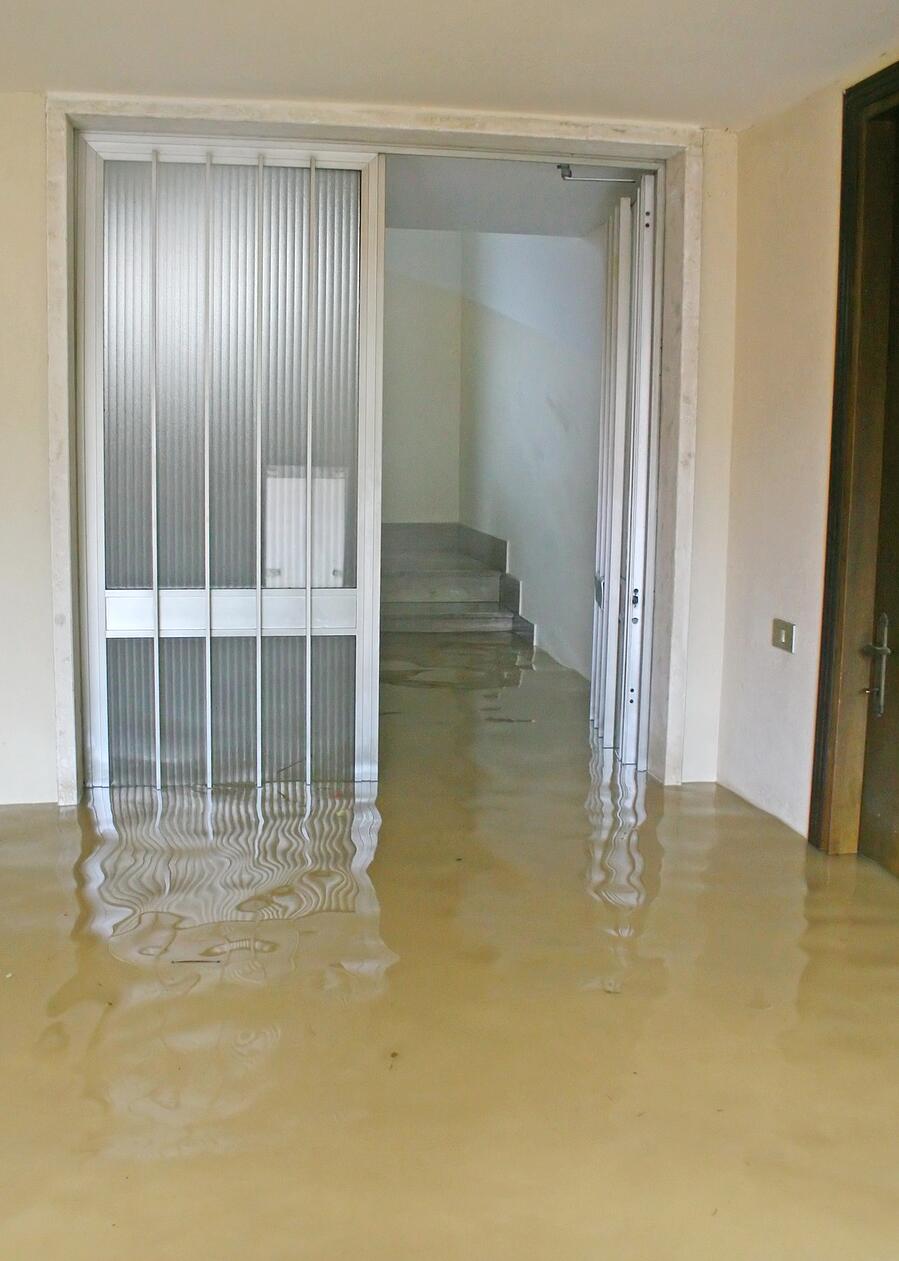Moisture Meters Help with Property Damage Insurance Claims

Hurricane season brings with it increased concerns about property damage and homeowner’s insurance. Specifically, concerns like “will the cost of damage from high winds, flooding, and the like be covered?”
While there’s no easy answer to this question—it depends on the type of insurance on the property, insurance amounts, the insurance provider, documentation of the damage, local regulations, and many other variables—there are some things that homeowners, business owners, and water damage remediation experts can do to improve a property damage insurance claim so that the cost of the damage is more likely to be recovered. One of those things is using restoration moisture meters to inspect the water damage done to the property.
How can moisture meters help with property damage insurance claims?
Here’s a quick explanation:
Moisture Meters Help Document Water Damage
The biggest way that restoration moisture meters help with water damage insurance claims is that they help restoration experts create the documentation needed to prove the extent of the damage.
This is because, with a restoration moisture meter, it’s possible to get a quantitative assessment of how much moisture is in various building materials (such as wood or drywall). By taking quantitative readings of the moisture content of various building materials, restoration experts can demonstrate with objective data the extent of the damage to a structure and the necessity of specific dry-out/tear-out operations.
Recorded Moisture Measurements Help Resolve Disputes
If the insurer contests the necessity of a specific bit of dry-out/tear-out work, such as the trashing of building materials to remove excess moisture from the structure, it is absolutely necessary to have a record of the moisture content of any scrapped materials. This info can help prove that the moisture content levels for those materials were at the point where the risk of mold infestation or critical structural failure mandated their removal.
This can do wonders for resolving disputes between the home/business owner or restoration company and the insurance provider. This, in turn, helps to ensure that the owner gets paid for the damages so the restoration contractor can get paid for their own work.
Restoration Moisture Meters Help to Ensure the Job is Done Right the First Time
One issue that can easily crop up in water damage remediation/restoration is that a pocket of water or a moisture intrusion source can be missed during an initial check. This leads to further damage after a job is “finished.” The problem is that the cost of this damage can be harder to justify with an insurer.
The best way to deal with this issue is to prevent it from happening in the first place. Moisture meters can help with this.
By using restoration moisture meters to check various building materials for excessive moisture content, it is possible to locate hidden moisture pockets and moisture intrusion sources that could be a problem later and eliminate them during the initial water damage remediation effort. This helps to minimize the risk of extra damage later that is harder to clear with an insurer.
Picking the Right Moisture Meters for Restoration Work
Having the right moisture meter is imperative for quickly and efficiently finding and documenting moisture in a structure. With the right moisture meter, restoration work can proceed significantly more quickly and efficiently than it could without one.
Considering the sheer number of moisture meters available on the market today, it can be hard to choose the right one. However, there are a few things that you should consider when picking a restoration moisture meter:
- Meter Type. Moisture meters come in both pin and pinless varieties. Pinless meters are good at scanning larger areas, while pin meters can check uneven or soft materials and provide information about how deep a moisture pocket is.
- Optional Electrode Compatibility. Some specialty electrodes can greatly improve the versatility of a moisture meter. However, the meter needs to be compatible with the electrode in question. Note: All pin-type Delmhorst moisture meters are compatible with all Delmhorst electrodes.
- Reading Scales. Different moisture meters are calibrated for getting accurate moisture measurements in different materials. When checking out moisture meters for restoration work, be sure to note which moisture reading scales the meter is calibrated for—such as gypsum (drywall), wood, or reference (a non-specific scale that provides qualitative moisture data).
- Moisture Reading Range. Over what range can the meter detect moisture? A broad reading range is typically ideal, as that allows you to precisely measure severely moisture-compromised materials.
- Ease of Operation. More complex moisture meters tend to be more flexible, giving you a lot of extra options. However, this can also mean a steeper learning curve for being able to use the meter effectively. Some operators prefer a simpler meter that new users can pick up and use with ease, while others prefer a more robust device even if it takes a while to get used to all of the features.
So, which moisture meter is the best for your needs? That depends on what your needs are.
If you need an ultra-capable, all-in-one device, something like Delmhorst’s Navigator Pro moisture meter is the perfect option for professional restoration contractors. The versatile NavPro has three different moisture testing modes (pin, pinless, and thermo-hygrometer) and moisture scales (wood, drywall, and reference), making it the ideal tool for almost any moisture testing situation. Combined with the ability to store and export readings with location and time stamps, it’s also perfect for documenting restoration jobs.
For restoration experts who want an almost-foolproof device, the J-Lite is a great and reliable moisture testing tool. It features a simple light-up LED display that can be read even in the dark with ease and a simple operation: just push the pins into a material and push the button.
Whether you need an incredibly complex and robust moisture meter, or a newbie-friendly starter tool, contact the experts at Delmhorst today to learn more about your restoration moisture meter options!
Subscribe to Our Blog
Post Related



